Understanding Winter Shoe Terminology
Gore-tex
Boasts the ability to repel water while allowing the water vapor to pass through, making it a lightweight, waterproof fabric suitable for all weather use.
Thinsulate
A trademarked hypoallergenic low-loft synthetic fabric used in place of down for insulation. This material is most often used in outwear, footwear and gloves because of its lack of bulk. The “R” value provided by Thinsulate products vary by the specific thickness and construction of the fabric. The chart below explains how many grams of Thinsulate for the activity level you seeking out of the shoe or boot.
- 200 grams for cool conditions or high activity levels.
- 400 grams for cold conditions or moderate activity levels.
- 600 grams for very cold conditions.
- 800 grams for extremely cold conditions with light activity levels.
- 1,000+ grams for extremely cold conditions with light to minimal activity level.
Antimicrobial
This is an agent that kills microorganisms or inhibits their growth.
Microban Technology
is built-in protection for solid products, coatings and fibers. This provides an added level of protection against damaging microbes such as, bacteria, mold and mildew that can cause stains, odors and product deterioration.
Waterproof
designed to prevent water from entering or passing through.
Water Resistant
able to resist the penetration of water to some degree but not entirely.
Nubuck
cowhide leather that has been rubbed on the outer side of the hide to give it a feel like that of suede.
Microfiber
a very fine polyester fiber, weighing less than one denier per filament.



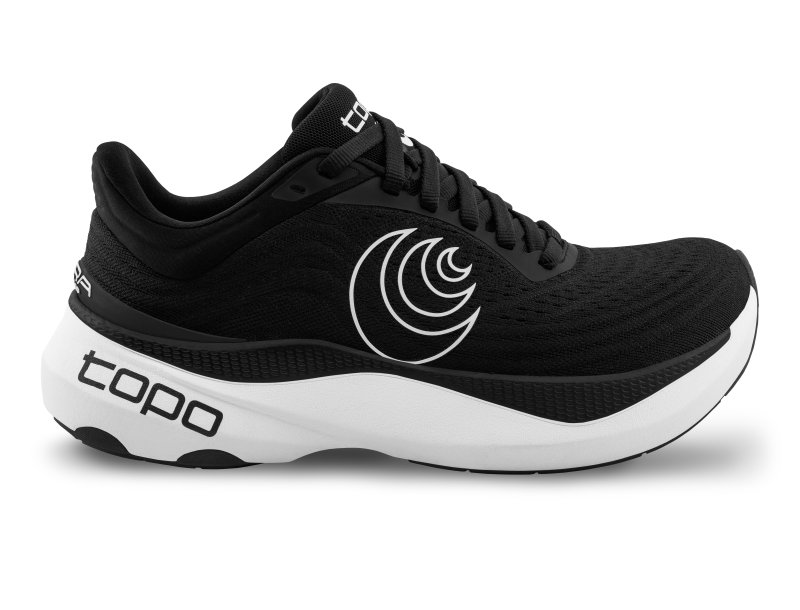





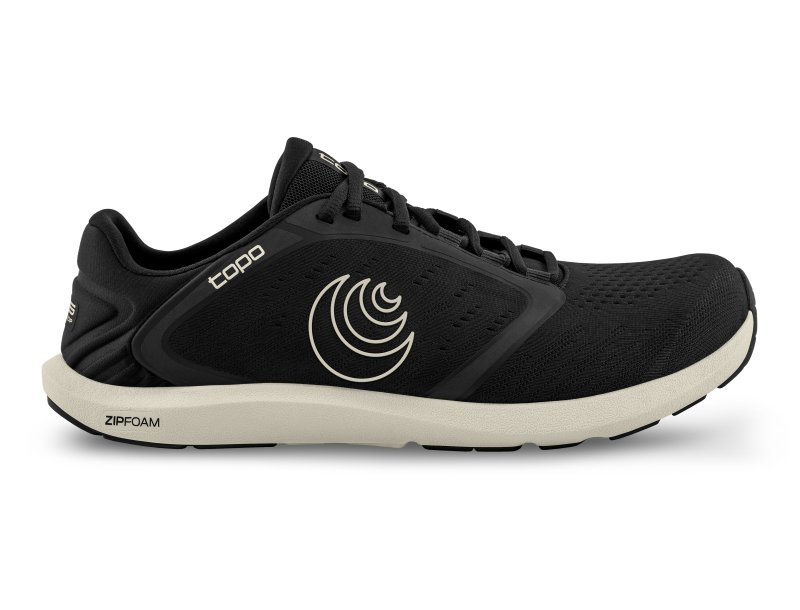

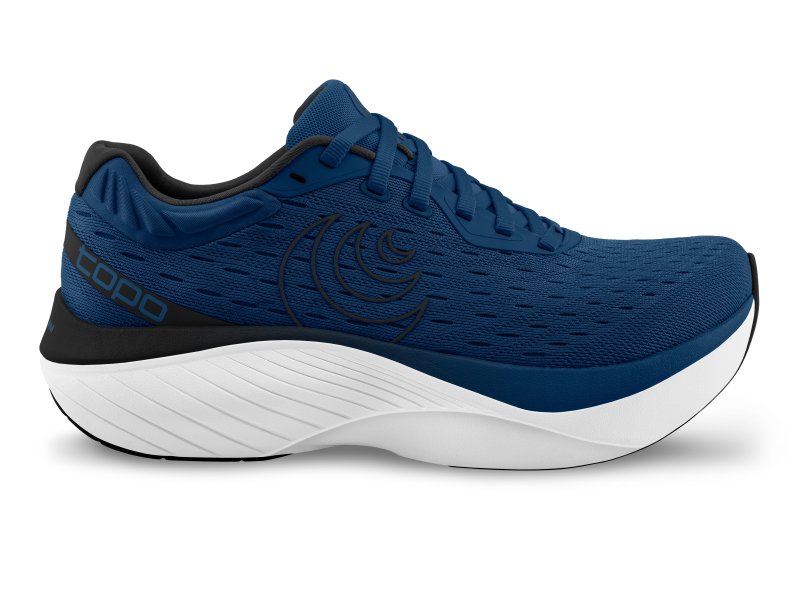


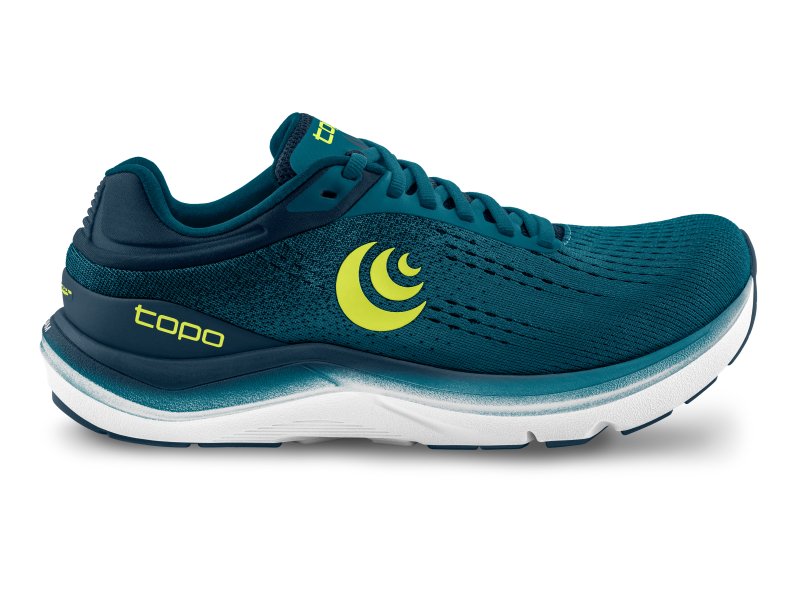
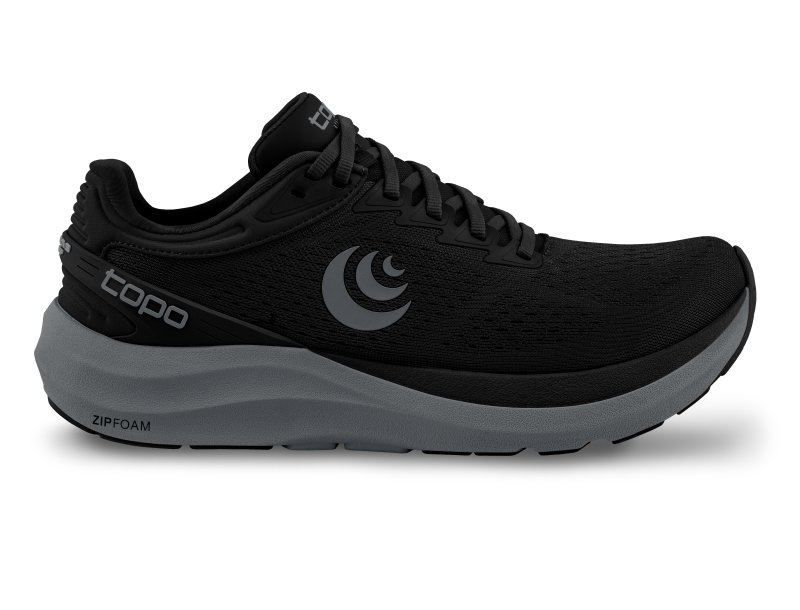


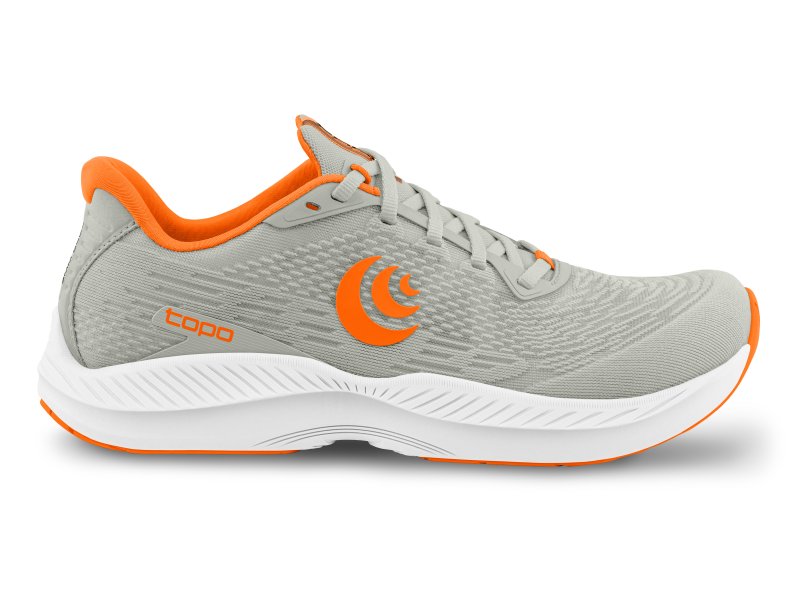







Follow our Facebook page